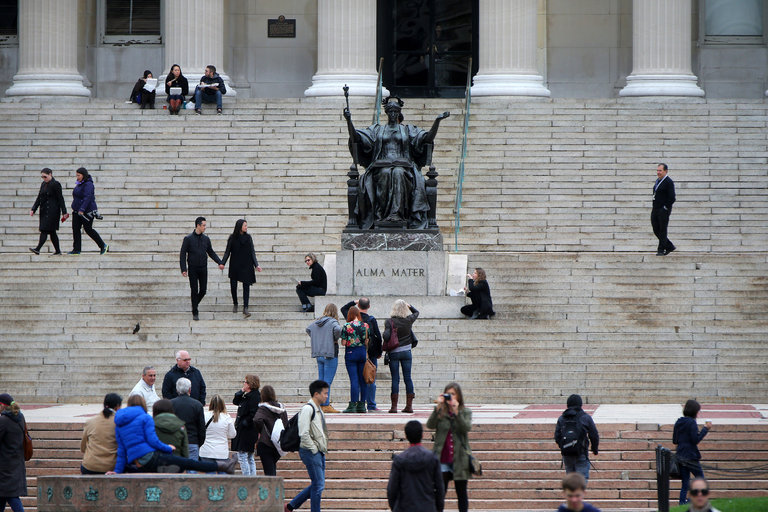
This article is part of the Opinion Today newsletter. You can sign up here to receive more briefings and a guide to the section daily in your inbox.
How much would you say it costs to attend a top private college like Dartmouth or Pomona for one year?
I’m guessing that the first number that pops into your mind is quite large, like $60,000.
For most Americans, that’s the wrong answer — and it’s wrong by a lot. The list-price tuition at these college does indeed run so high, but just a small slice of the population pays the list price. Typically, only families earning at least $200,000 a year fail to qualify for financial aid. For families with middle-class incomes, highly selective colleges are much, much less expensive.
The widespread misimpression about the cost of college causes real damage. It leads many middle-class and lower-income families to believe, incorrectly, that college is unaffordable. When they respond by discouraging their child from attending or finishing college, they hurt the child’s long-term economic prospects.
Today, a new online calculator is launching, and it’s designed to combat misimpression with fact. It’s also highly useful, for families up and down the income spectrum.
The calculator is a joint effort of 15 colleges, including Dartmouth, Pomona, Columbia, Williams, Wellesley, Rice and Colorado College. You use it anonymously, and you answer about six quick questions about your finances, such as your annual income and home ownership status. With just a minute or two of work, you can get an estimate of how much college will really cost.
As an example, I entered data for what would be a pretty normal American family: a homeowner with $75,000 in income and some savings. I selected Rice as the college. The calculator estimated that this family would have to spend $18,500 a year while receiving a $42,900 scholarship.
That cost is still significant, and I wish our country made college less expensive. But for the great majority of students, a Rice education is still worth a lot more than $18,500 a year. College graduates are much more likely to be employed, to earn more and to be happy and healthy than non-graduates, and much of the effect seems to be causal.
The calculator is the brainchild of Phillip Levine, an Wellesley College economist, and it’s being financed by his employer, Wellesley College. Although it gives estimates for only the 15 participating colleges, the cost of many other selective colleges will be quite similar.
Obviously, there are public colleges that charge even less than a place like Rice, although room and board can make the comparison closer than it initially seems. If you’re interested in one of those less expensive colleges, I suggest you also look into its graduation rate.
(To dig into more data on college costs, you can also check out a new Urban Institute project, by Sandy Baum, Martha Johnson and Victoria Lee, that’s full of facts and charts.)
College in this country isn’t cheap. But it’s cheaper than many people think — and it tends to be a much a better deal than trying to survive in the modern economy without a college degree.
As seen: https://www.nytimes.com/2017/04/19/opinion/college-cheaper-than-you-think.html